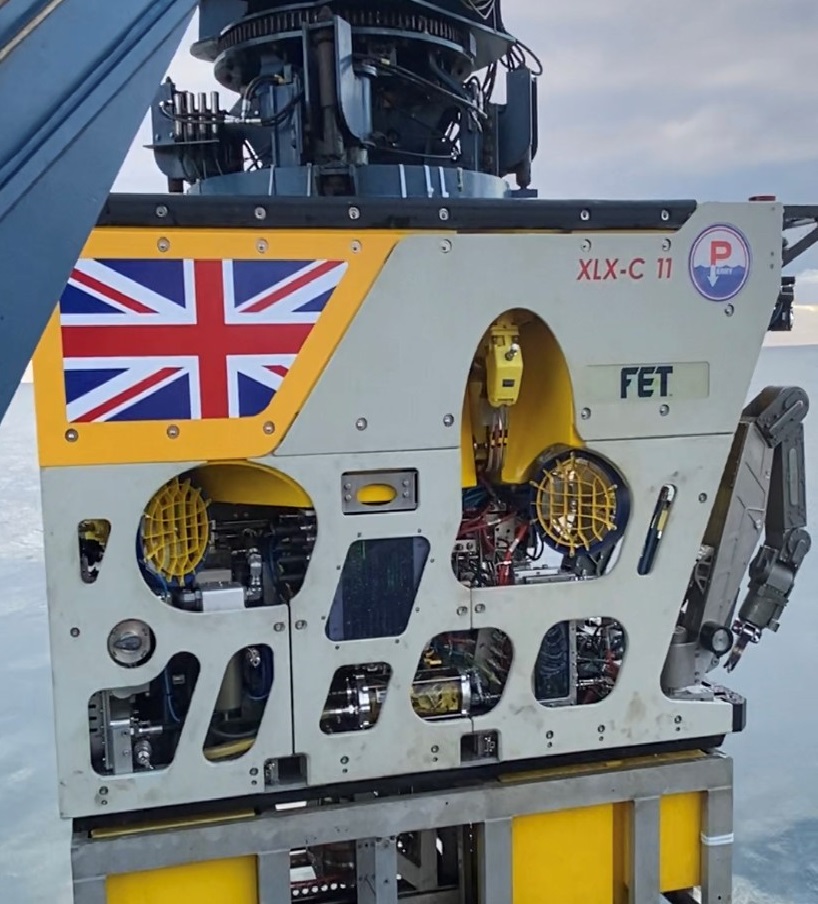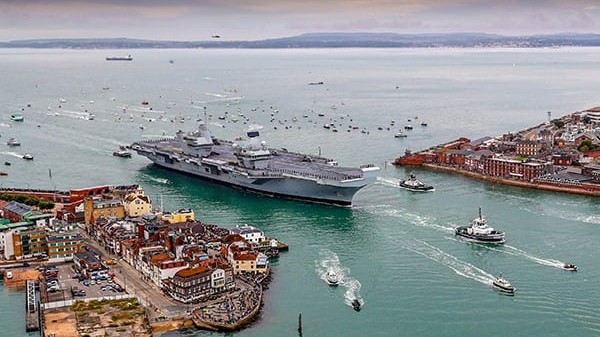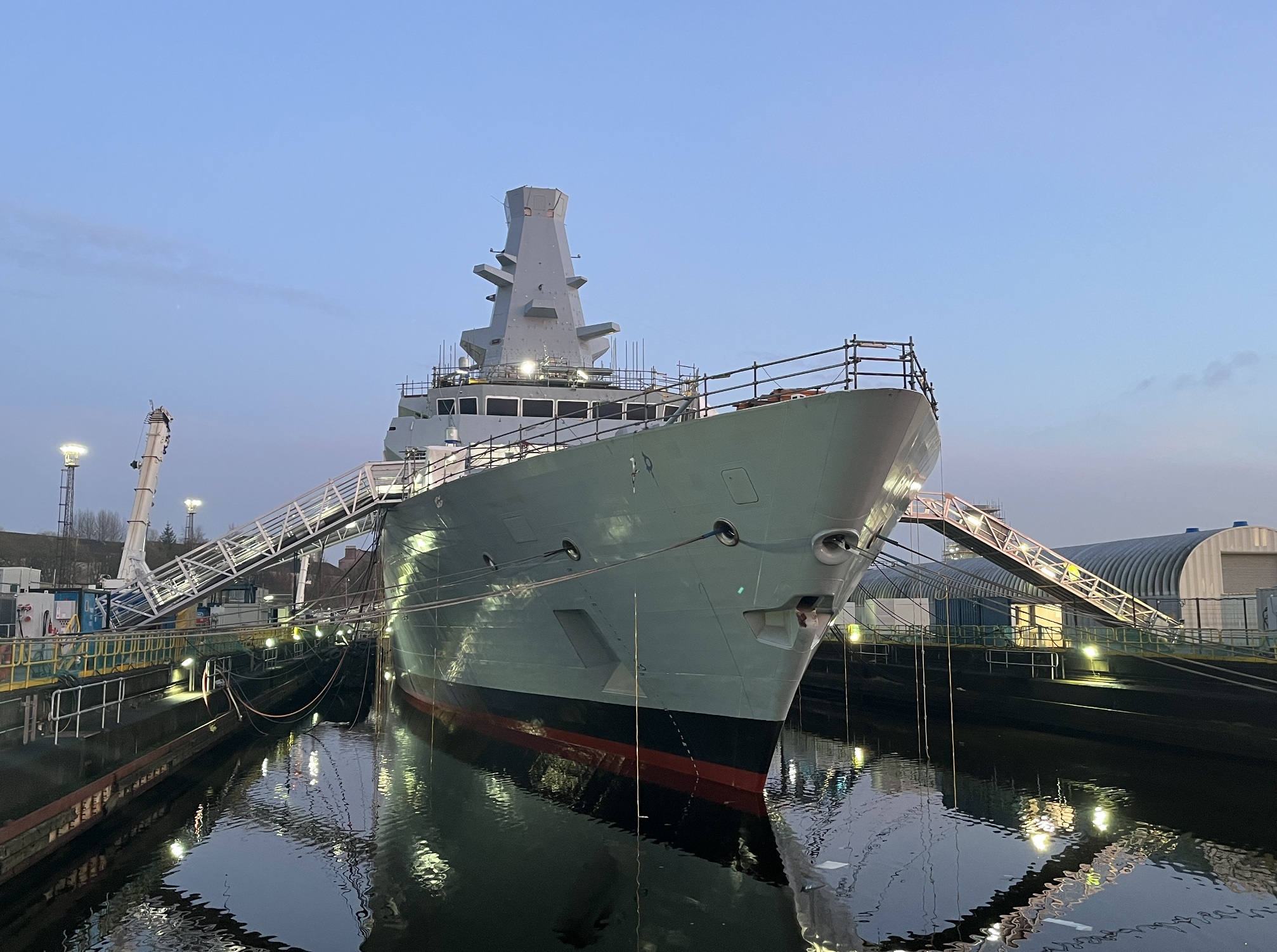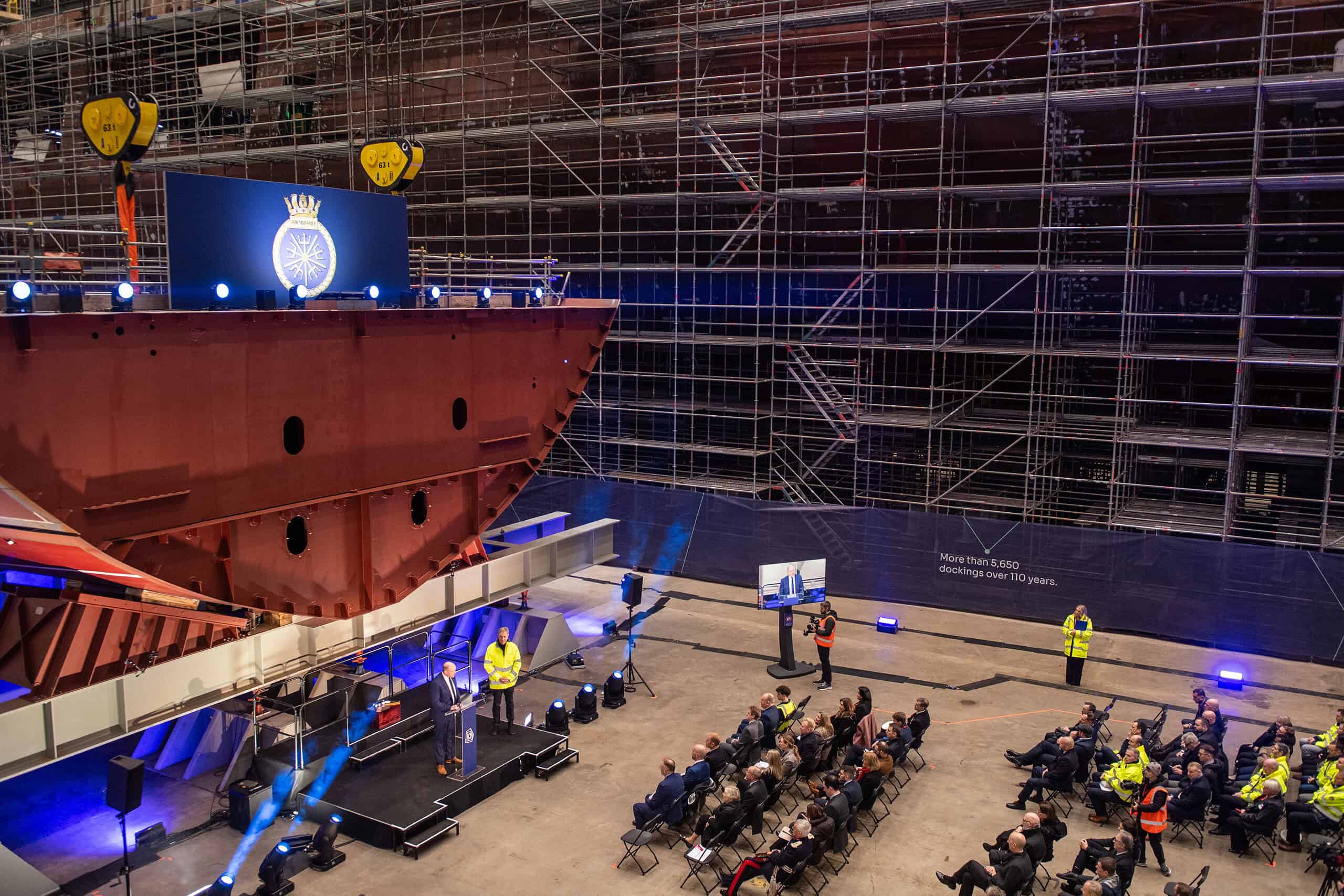Published 13 February 2024
Share this story

Our Salvage and Marine Operations (SALMO) team has recovered an iconic symbol of one of the most notable US Navy shipwrecks.
During the first deployment of a new remotely operated underwater vehicle (ROV), the team brought the bell of USS Jacob Jones up from the depths near the Isles of Scilly after 107 years.
In 1917, the Jacob Jones was torpedoed by a German submarine while helping to safeguard a convoy carrying troops and supplies from the US to the UK. Sixty-four crew members were lost in the attack. She became the first US Navy destroyer to be sunk during wartime.

The wreck was discovered in 2022, resting on the seabed over 100m down. Last December, the US Navy’s Naval History and Heritage Command (NHHC) – guardians of nearly 3,000 shipwrecks – asked the UK to preserve the sanctity of the wreck and recover its bell – one of the icons of any warship.
During the initial survey phase, tidal conditions meant the SALMO team had limited windows during which they could operate. Large amounts of sediment near the wreck hampered visibility and the team had to manoeuvre the ROV as close as safely possible to ensure a thorough search for the bell.

It was eventually found, hidden by growth, in an upright position on the seabed. The SALMO team retrieved the bell and placed a wreath and the US flag on the wreck in memory of those who were lost. After a ceremonial handover to the US, the bell will be given to the NHHC in Washington DC before going on display.
Rear Admiral (retired) Sam J. Cox, NHHC Director, said:
“This recent chapter in the story of the Jacob Jones is one of collaboration and mutual respect for the site. The US Navy is grateful to the Salvage and Marine Operations team for recovering the bell, which will serve as a memorial to sailors who made the ultimate sacrifice in the defence of both the US and the UK.”
The 150-strong SALMO team is the lead across the MOD for the global provision of marine salvage and marine emergency response. Its experts include divers, naval architects, master mariners, marine engineers, environmental scientists and ROV pilots.
Andy Liddell, Head of SALMO, added:
“I am proud of what the team has achieved. To assist our allies in the recovery of the bell from such a historic wreck on the first deployment of the new ROV is a massive achievement.”
As part of their work, SALMO is responsible for managing more than 5,000 shipwrecks around the world. Where wrecks containing significant amounts of oil pose a pollution risk, the SALMO team may work to safely extract the fuel.
This process was carried out with HMS Royal Oak in Orkney over several years ending in 2010, and with RFA Darkdale in the Atlantic in 2015.
SALMO wreck manager Mathew Skelhorn said:
“Oil is removed via a process called hot tapping, where you drill a hole and attach a pipe. The oil is pumped from the wreck to the surface and then transported for recycling at a refinery.
“The technical complexity varies enormously and, in large part, is dependent on the accessibility of the wreck. Essentially, the greater the depth at which it lies the more complex the efforts to remove the oil.”













